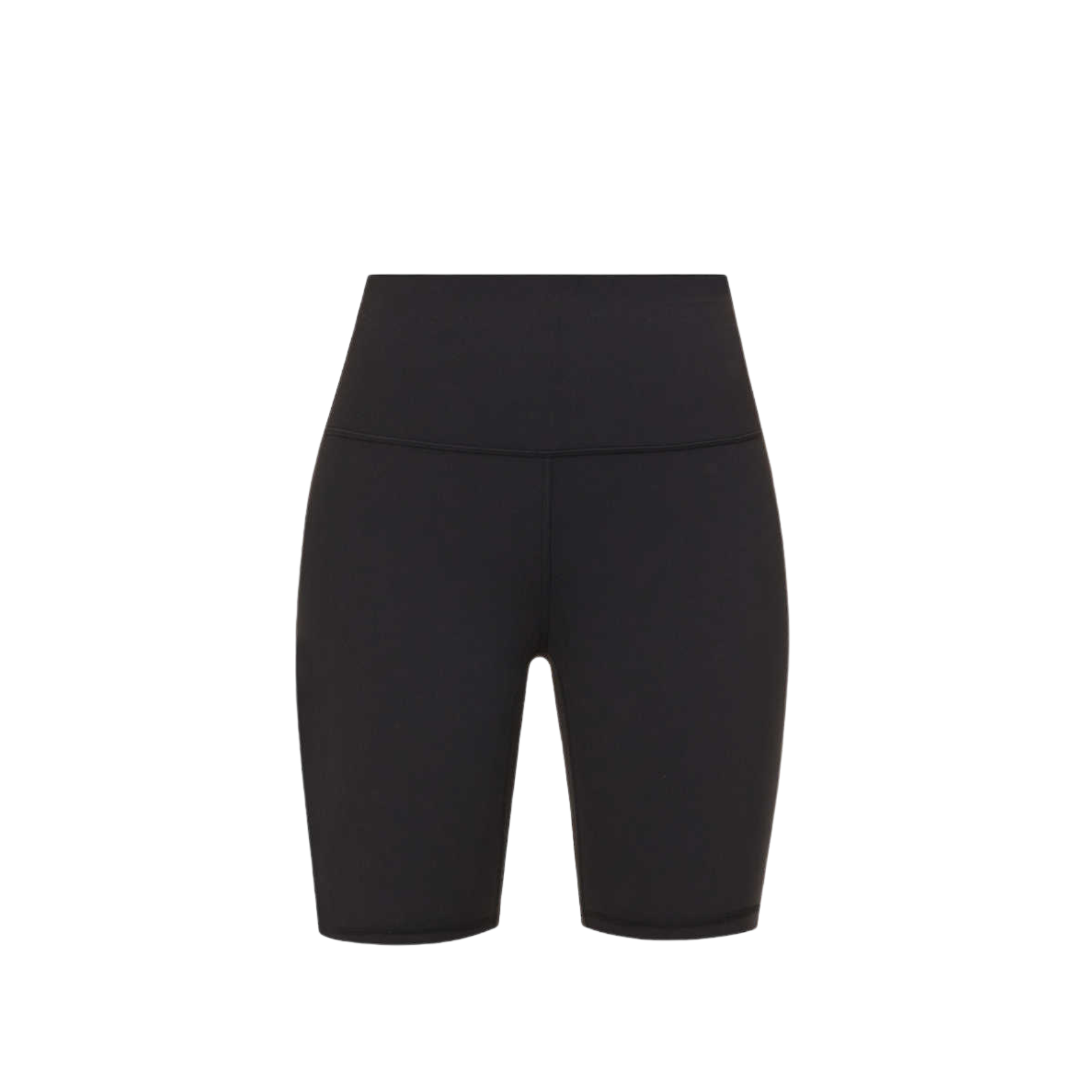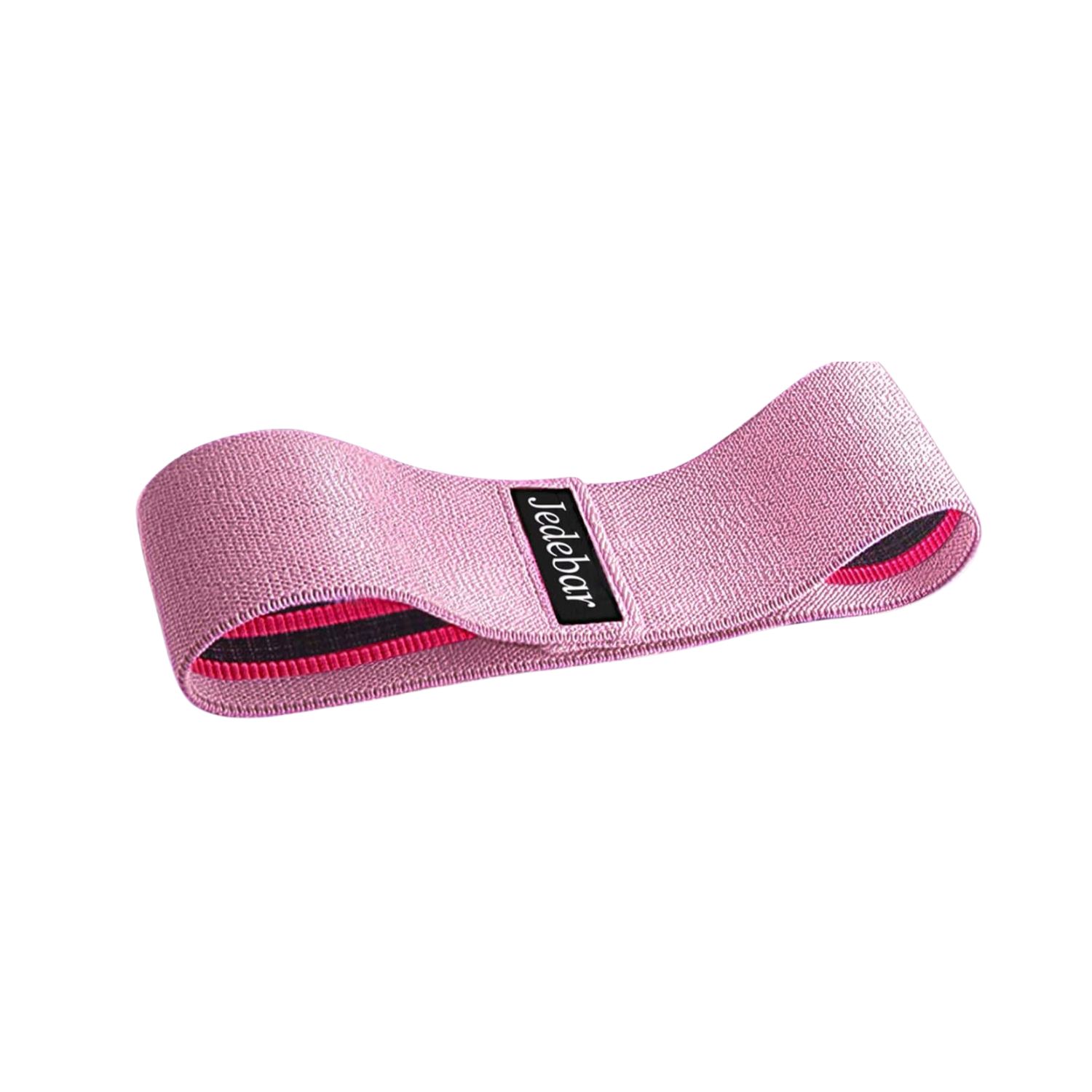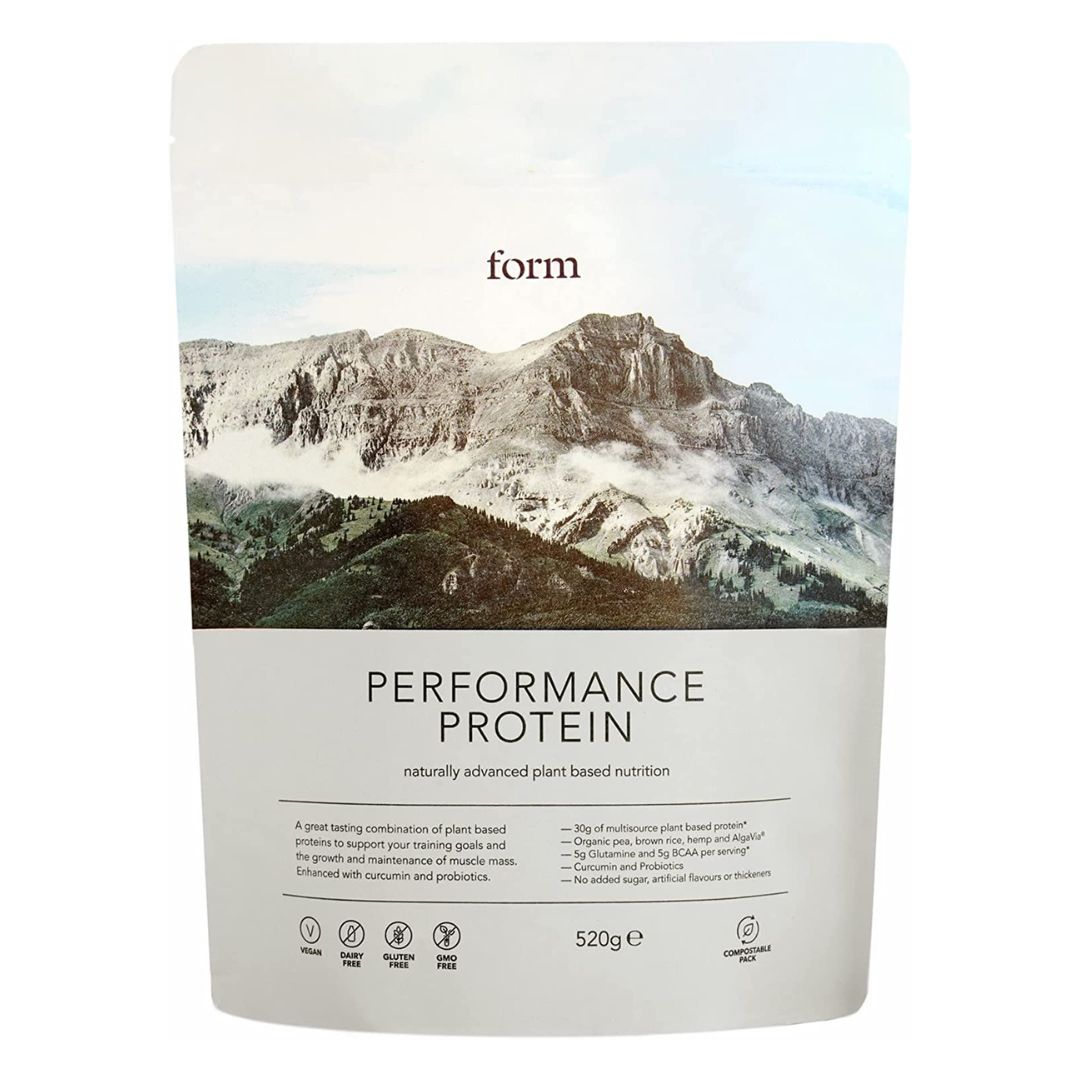Resistance training is set to be the sweat session of the summer - your guide to why it's so effective
HIIT is old news, people.


Think back to just a few years ago, and you’ll probably remember when intense workouts were all the rage. At the time, pouring every last ounce of energy into a gruelling HIIT class seemed like the most efficient way to squeeze exercise into our jam-packed schedules.
And while sure, we might have looked super fit and healthy, what we didn’t realise was that all those hardcore HIIT sessions were fairly tough on our minds and bodies.
Repping through endless burpees and box jumps between high-pressure Zoom meetings was secretly adding to our stress levels in a big way. The result? Many of us got hit with a nasty case of exercise burnout, leaving us too drained to maintain a regular training schedule.
So, it's pretty much great news all around that this summer’s big exercise trend is poised to take things down a notch. Enter resistance training, a simple method that can be done at home or the gym. It's been touted to supercharge muscle strength and protect your joints from injury, with a recent ClassPass Predictions Report estimating that around 60% of people already include some kind of resistance training in their regular workouts.
This figure is only likely to grow in 2024 and beyond. Curious to know more about resistance training, its benefits and how you can jump on the bandwagon? Keep reading to learn more. And while you’re here, check out our guides to weight training, strength training for beginners, and a trainer's go-to strength training exercises for building muscle.
Resistance training is trending: here's your summer guide
What is resistance training?
Resistance training – another term for strength training - simply means working your muscles by pulling or pushing against a force.
The overall game plan here is to create enough tension in the muscles to stimulate growth, which in turn improves your strength levels.
Celebrity news, beauty, fashion advice, and fascinating features, delivered straight to your inbox!
The best thing about resistance training is that you don’t have to lift Olympic-sized barbells or scarily-sized weights to reap the benefits.
“Resistance can come from lots of different sources, such as free weights, stretchy resistance bands, weight machines, or your own body weight," explains Lucie Cowan, master trainer at Third Space London.
Even gentle, low-impact forms of exercise like yoga, mat Pilates and uphill hiking count as forms of progressive resistance training.
Who invented resistance training?
It's not totally clear who we have to to thank, but the idea of using resistance to build strength has cropped up throughout history in different cultures and contexts.
In fact, progressive resistance training is thought to date back as far as Ancient Greece, when legend has it that six-time Olympic victor Milo of Croton trained for wrestling bouts by carrying a newborn calf on his back every day until it was fully grown. Hyrox, eat your heart out...
Which celebs love resistance training?
Loads of celebs swear by resistance training to stay strong and healthy. Some notable fans include Jennifer Aniston, who is known to use resistance bands and free weights in her workouts, and Hailey Bieber, who has been spotted lifting weights in celeb-favourite gym Dogpound.
Last year, SKIMS founder Kim Kardashian also gave her followers a glimpse into her intense workout routine, revealing that she lifts weights every week. "We lift weights for two hours,” she told her fans on Instagram. “My goal was to gain muscle and be strong and I see such a difference already."
What are the benefits of resistance training?
Adding resistance sessions to your weekly training mix offers a laundry list of physical and mental benefits.
"Resistance training is incredible for so many reasons,” Cowan explains. “As well as helping you to tone your whole body, it builds and maintains lean muscle far better than cardio alone. And if you gradually increase the weight you lift over time, your muscles continue to adapt and grow, so you'll constantly be rewarded with improvement.”
As well as feeling and looking stronger, a recent meta-analysis revealed that women who do weight training tend to live longer too, with the researchers concluding that those who did strength training 2 to 3 times a week had about a 20% reduced risk of premature death.
For women specifically, resistance training also plays a crucial role in preventing osteoporosis, a type of health condition that’s characterised by weakened bones that are more susceptible to fractures.
“Research indicates that exercising against weight can both slow bone loss and even increase bone density over time,” Lucy notes. It’s for this reason that strength training becomes important as we age, as bone density levels naturally decline after we hit the age of 30.
And when it comes to injury prevention, Cowan says that strength should be your go-to. One 2013 study on over 7,000 athletes found that strength training programs reduced the risk of injury by a staggering 33%. And it was also found to lower the risk of injury in proportion to the amount of strength-training volume, meaning for every 10% increase, there’s a 4% reduced risk of injury.
Not to mention, strength training is also a serious mood booster. A meta-analysis published in the medical journal JAMA Psychiatry in 2018 found a reduction in symptoms of depression among people who did weight training two times a week or more.
Resistance training: 7 moves to add to your next workout
1. Goblet Squats
What? "Goblet squats are basically a variation of a classic squat, performed while holding a dumbbell or kettlebell at chest level," says Cowan.
Why? Unlike a standard bodyweight squat, the added resistance from holding a free weight helps to increase lower body strength, improve mobility and engage the core.
How long? Three sets of 12 to 15 reps.
2. Push-ups
What? A bodyweight exercise that's performed by lowing your chest to the ground while holding a plank position.
Why? If you're short on space or equipment, the push-up is a solid upper body exercise that works the chest, shoulders, triceps and core.
While it might seem a bit basic, it's a popular move for a reason. "Holding your weight in a push-up enhances upper body strength and improves core stability," says Cowan. "You can also modify this move to suit any fitness level."
How long? Three sets of 10 to 12 reps.
3. Bent-over rows
What? To perform a bent-over row, you typically stand with your feet shoulder-width apart, bend your knees slightly, hinge forward at your hips to about a 45-degree angle, and then pull a weighted barbell or dumbbells towards your lower chest.
Why? A killer challenge for your upper body, this classic bodybuilder move targets the upper back, lats, shoulders and biceps.
As Cowan explains: “When done with the correct form, I find this exercise can really help to relieve tension and improve funky posture from sitting at a desk all day. Plus, it also builds upper body strength and balance."
How long? Three sets of 10 to 12 reps.
4. Plank
What? The plank likely needs no introduction. This spicy core exercise engages the abs, shoulders, back and glutes.
Why? When you hold a plank, you're not only working those abs but also firing up your back muscles, shoulders, and glutes all at once. "This full-body engagement doesn't just improve your posture and spinal alignment; it also boosts muscle endurance," says Cowan.
Adding planks to your workout routine can help you perform better in everything from sports to everyday tasks, reduce the chances of back pain and even improve your overall balance and coordination.
How long? three sets of holding for 30 to 60 seconds.
5. Deadlifts
What? An upright exercise that's all about lifting a loaded barbell or weights from the ground up to a standing position
Why? According to Cowan, this powerhouse move works multiple muscle groups at once, including your glutes, hamstrings, lower back and core.
Deadlifts are incredibly functional, making everyday movements easier and reducing the risk of injury by strengthening your body from head to toe.
How long? Three sets of eight to 10 reps.
Shop MC UK approved kit now:

Liz started her journalism career reporting on fashion at ELLE, GQ and Fashion Beans before finding a love for all things fitness and travel.
Keen to report on her favourite topics, she moved over to the lifestyle desk at The Evening Standard before taking the reins as health and wellbeing editor at news and features agency PA Media. She has also been a senior commissioning editor for the publisher Penguin Random House, finding future bestsellers in the self-development field.
Liz’s features have taken her from fashion front rows to the furthest reaches of the planet, via several hundred sweaty basement gyms in London. Her favourite aspect of her job is getting to write about new trends, whether it’s an under-the-radar travel destination or a TikTok-inspired workout method.
Since going freelance, Liz has written for titles including The Independent, National Geographic Traveller, Stylist, Prospect, Yahoo, and MSN. When she's not writing on her laptop, you'll probably find her at a gig, eating at a new restaurant, or listening to Taylor Swift.







